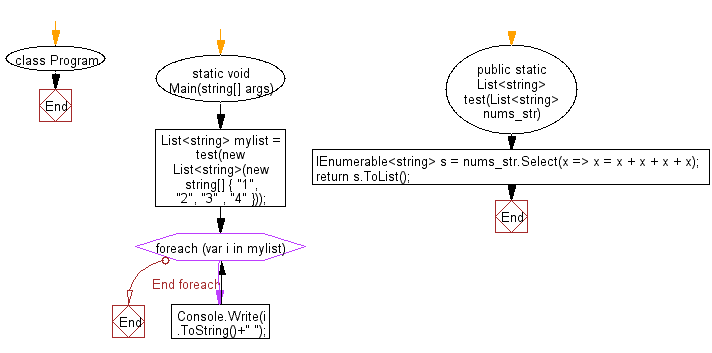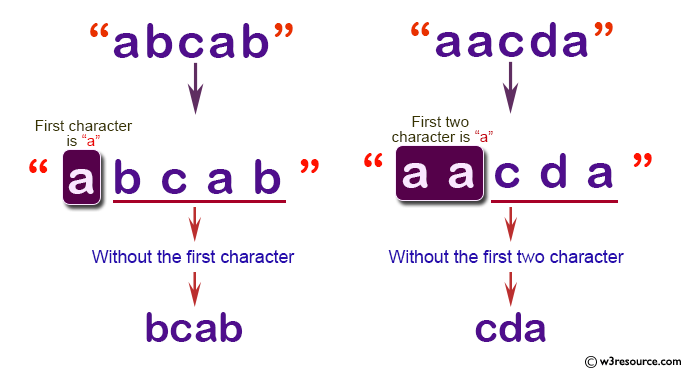

int.TryParse("42,000",, null, out int result) ĪllowThousands will accept a thousand separator in the input string. int.TryParse("$42",, null, out int result) ĪllowCurrencySymbol will accept currency symbols inside the input string. This format is often used in accounting and financial systems. But be aware that a parenthesized string is converted to a negative value.

Let's look at a couple of examples: int.TryParse("(42)",, null, out int result) ĪllowParantheses will accept parantheses in the input string. It's often much more readable to use this TryParse-overload, rather than doing a range of manipulations on the input string before parsing (like removing thousand separators, whitespaces, currency signs, etc.). The parameter accepts a bitwise combination of flags, allowing for more complex strings to be successfully parsed as integers. The parameter that I want to introduce you to is NumberStyles enum. The overload looks like this: public static bool TryParse(string s, NumberStyles style, IFormatProvider provider, out Int32 result) s is less than int.MinValue or more than int.MaxValueįrom my time working with financial systems, I was made aware of an overload of the TryParse-method that I don't see a lot of people using. Both the Parse and the ToInt32-method requires you to deal with exceptions: try Exception handlingĪs long as you use the TryParse-method, there's no need to catch any exceptions. To summarize my opinion about the Convert-class in terms of converting strings to integers, stick to the TryParse-method instead. I've seen this go down a couple of times. The overload of the ToInt32-method accepting a char as a parameter, converts the char to its UTF code, in this case 49. What do you expect the program to produce? The number 1, right? That's not the case, though. In the code, I'm converting the char 1 to an integer and writing it to the console. Take a look at the following code: var i = Convert.ToInt32('1') Besides this, there are some additional things that you will need to be aware of when using the ToInt32-method. Being forced to control flow using exceptions is something I always try to avoid, which (to my knowledge) isn't possible with the Convert class. While it might be nice with a common abstraction for converting data types, I tend not to use the Convert class. This means that you will need to catch the FormatException to use the ToInt32-method: string s = "." For converting strings to ints, it's an abstraction on top of the Parse method from the previous section. Convert offers a range of methods for converting one data type to another. There's a Convert class in the System namespace that you may be aquainted with. i is 0 if s could not be parsed as an int Parsing with a default value on an invalid string is still dead simple: int i = 0 If parsed, the value will go into the out parameter ( i). TryParse returns a boolean indicating if the parameter ( s) was successfully parsed or not. Decide what to do since s cannot be parsed as an int NET provides a much better way to parse ints without the need to catch exceptions: the TryParse-method: string s = "."
C SHARP STRING TO INT CODE
So, why is this a poor solution? Using exceptions as a control flow reduces the performance and makes your code harder to read. I cannot count the times I've seen this construct: string s = "." Įven documentation shows this approach as a valid way to parse ints. What happens if you provide something else than a number to the Parse-method: var i = int.Parse("Oh no") Īs expected, the Parse-method throws a FormatException. While Parse provides a nice and simple interface for converting strings to int, it's rarely the right method to use. The most common pattern I've seen in C# is using the Parse-method: var i = int.Parse("42") While working for multiple companies both as a permanent and as a freelancer, I've seen a thousand lines of code, converting between data types. Like parsing input from a text box in a system that didn't have modern model binding as we are used to today or when converting the output from a third-party API. You have already tried converting a string to an int. For today's post, I will show you the best ways of converting strings to integers in C#.

Even worse, most examples lack key aspects like exception handling and bad practices.

C SHARP STRING TO INT HOW TO
I found that when googling common terms like "convert string to int", "write to a file", and similar, I would often get outdated StackOverflow answers, showing how to solve each problem with. In this series, I try to provide updated answers for common.


 0 kommentar(er)
0 kommentar(er)
